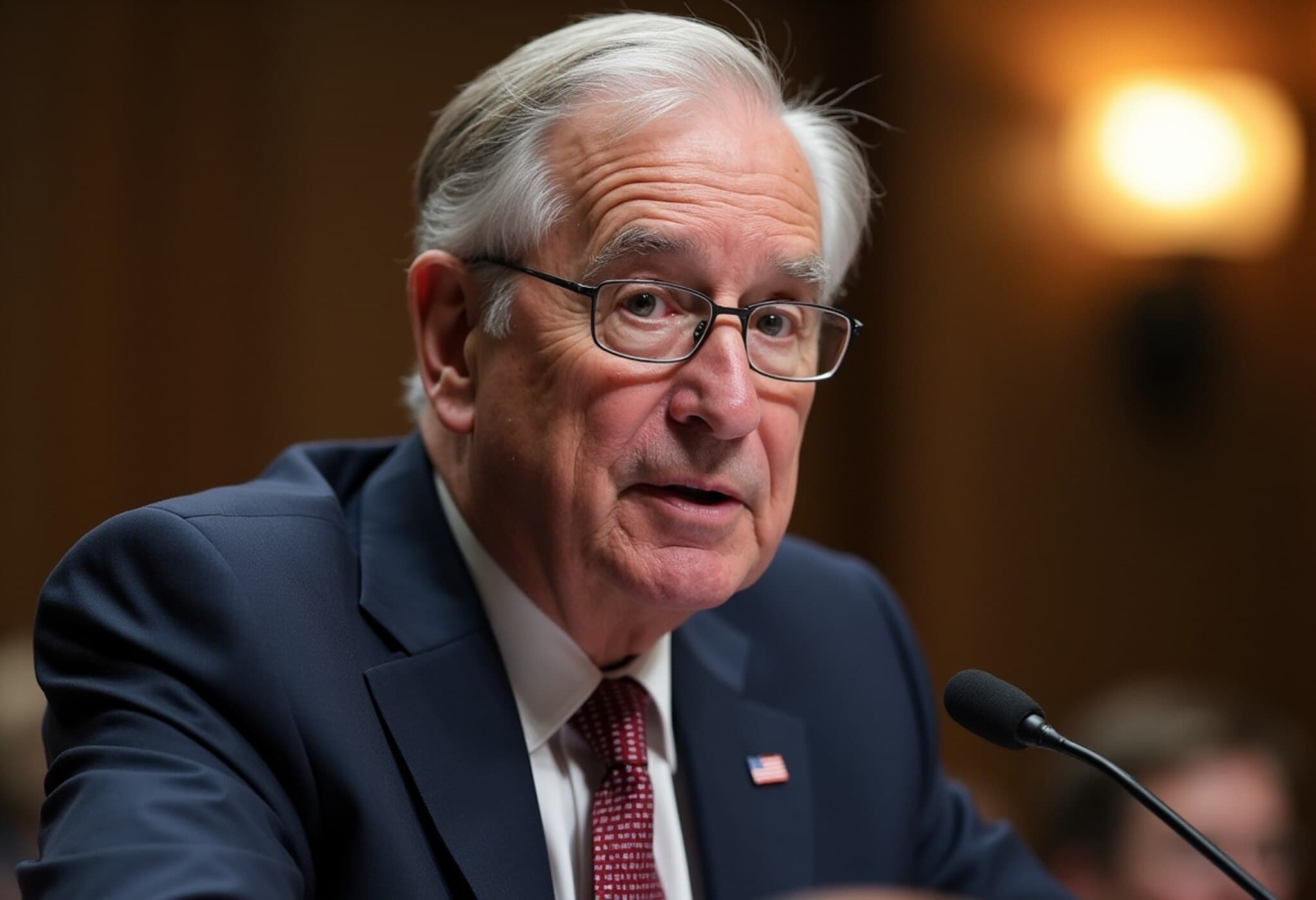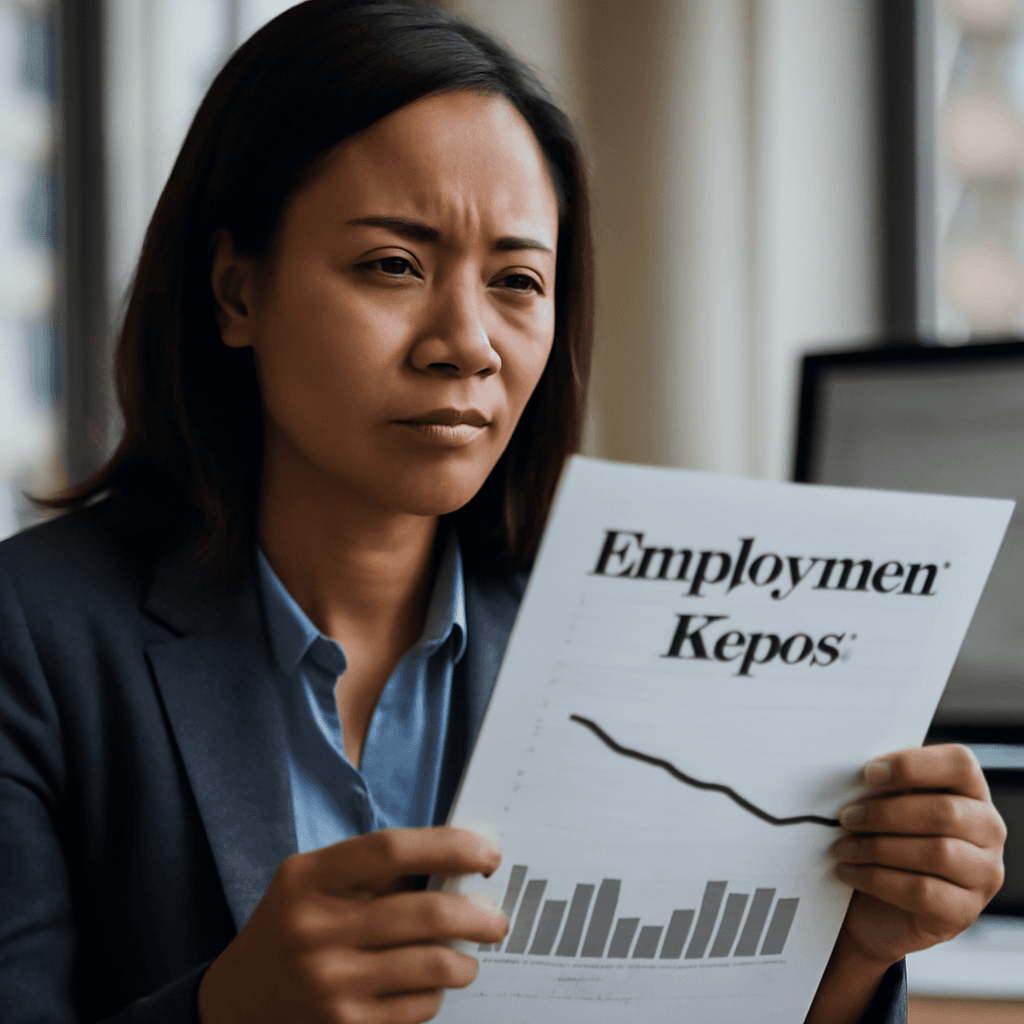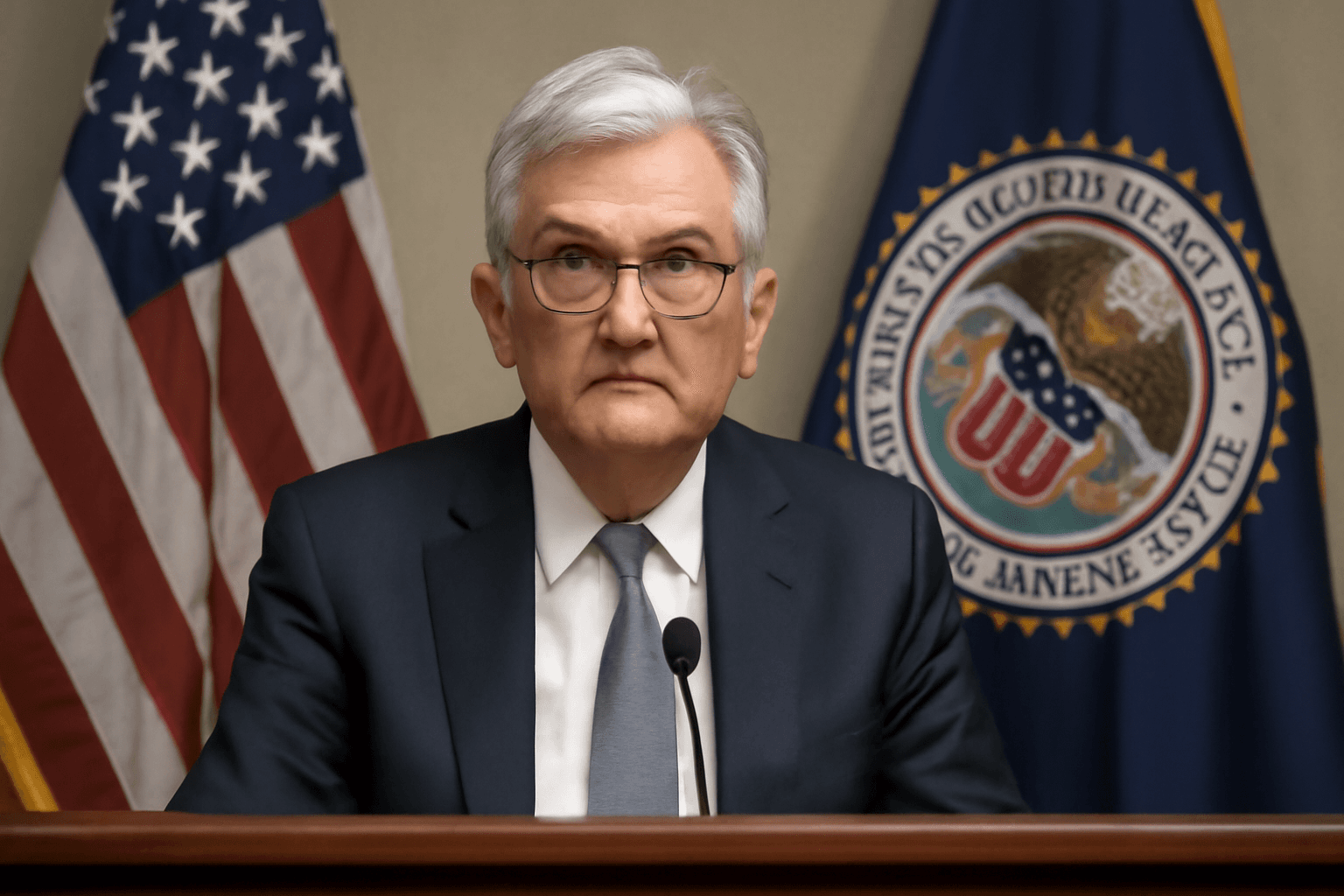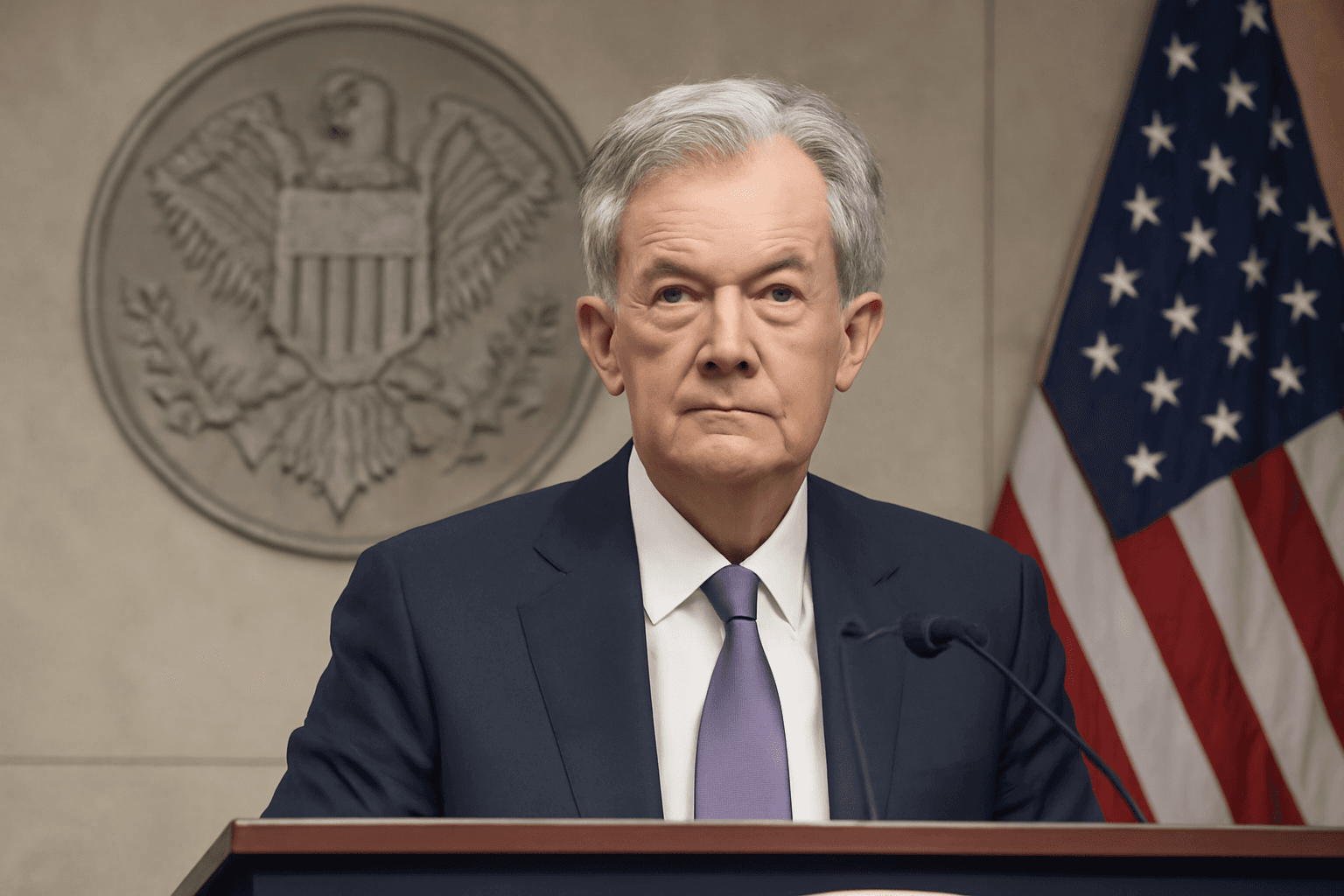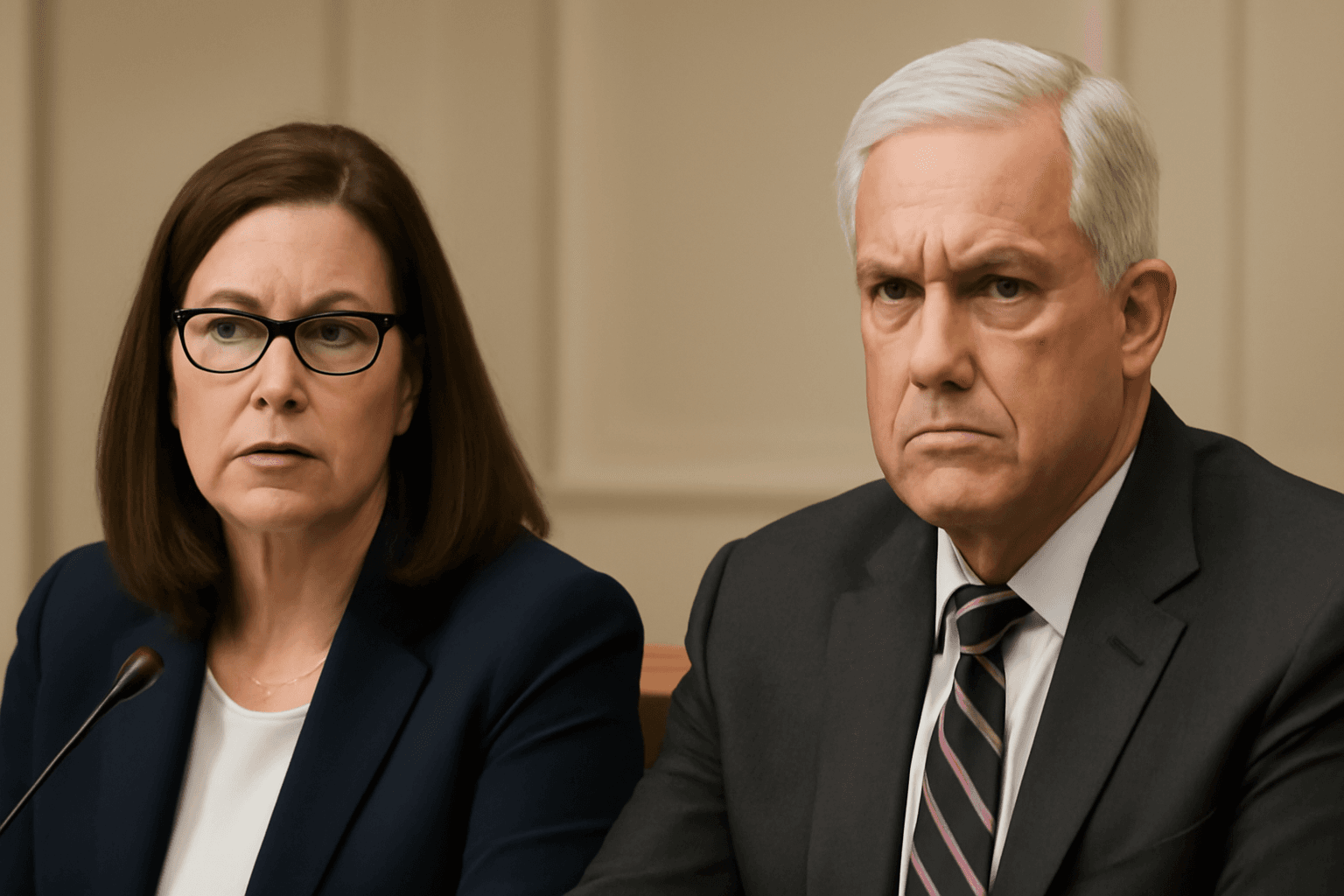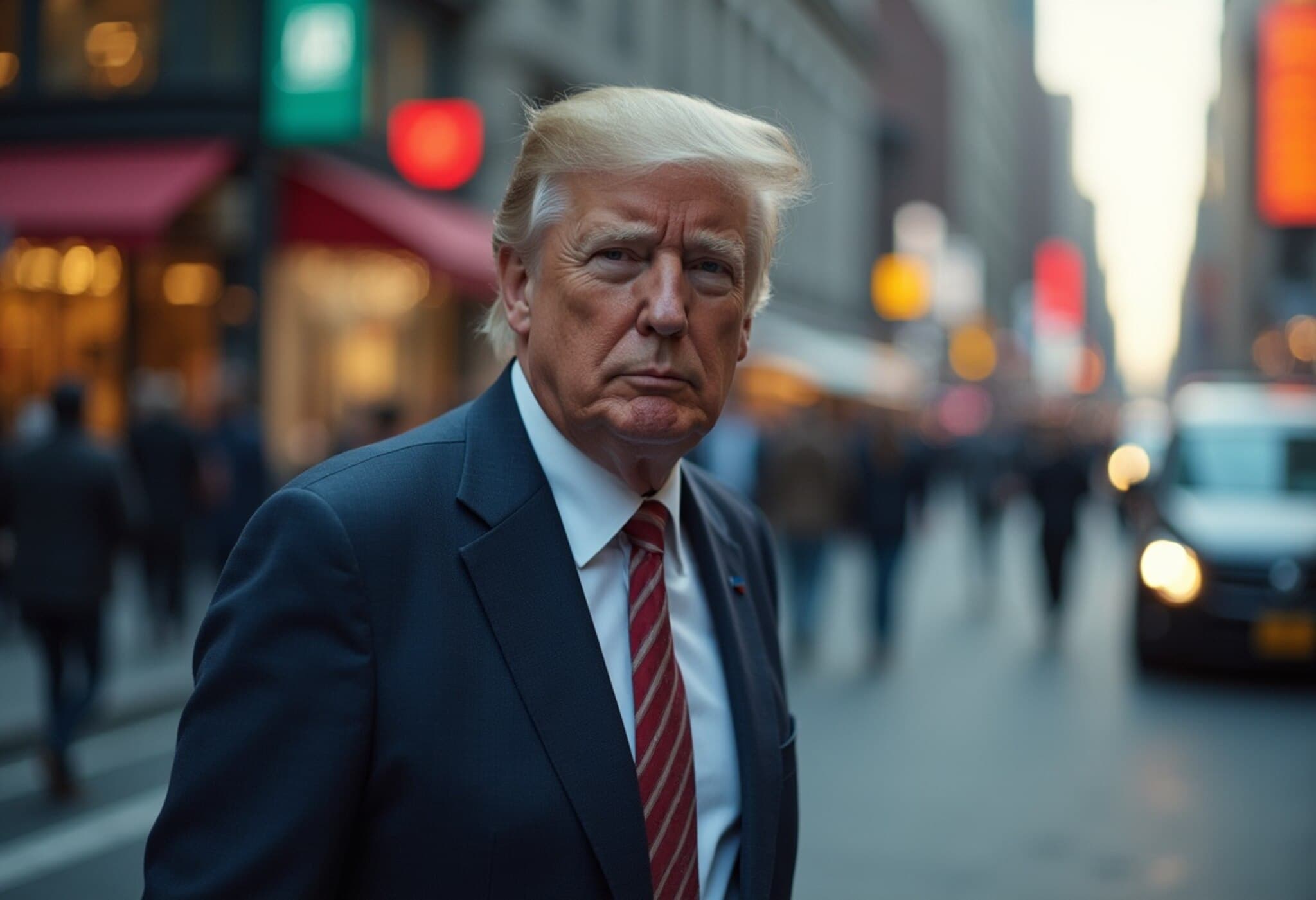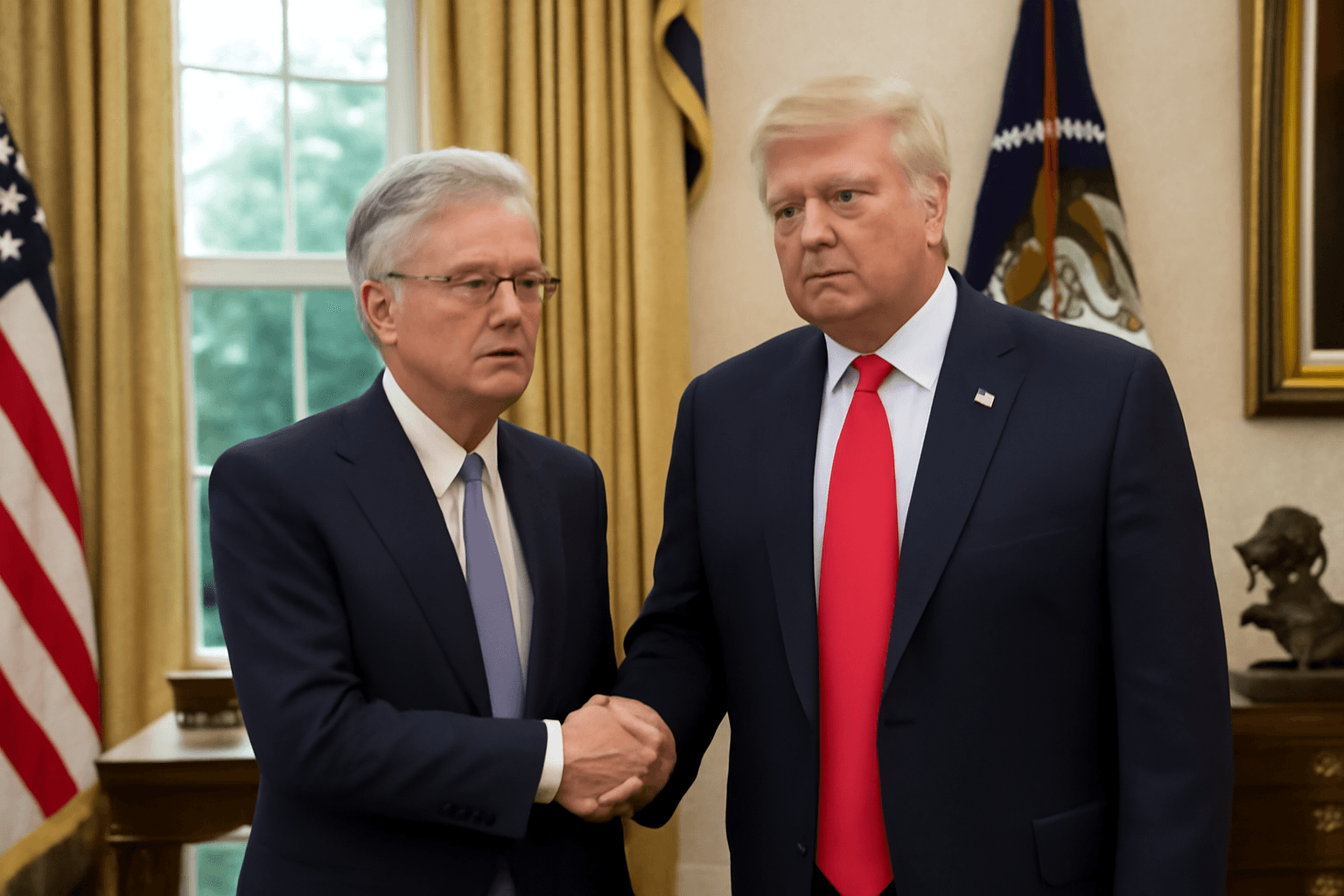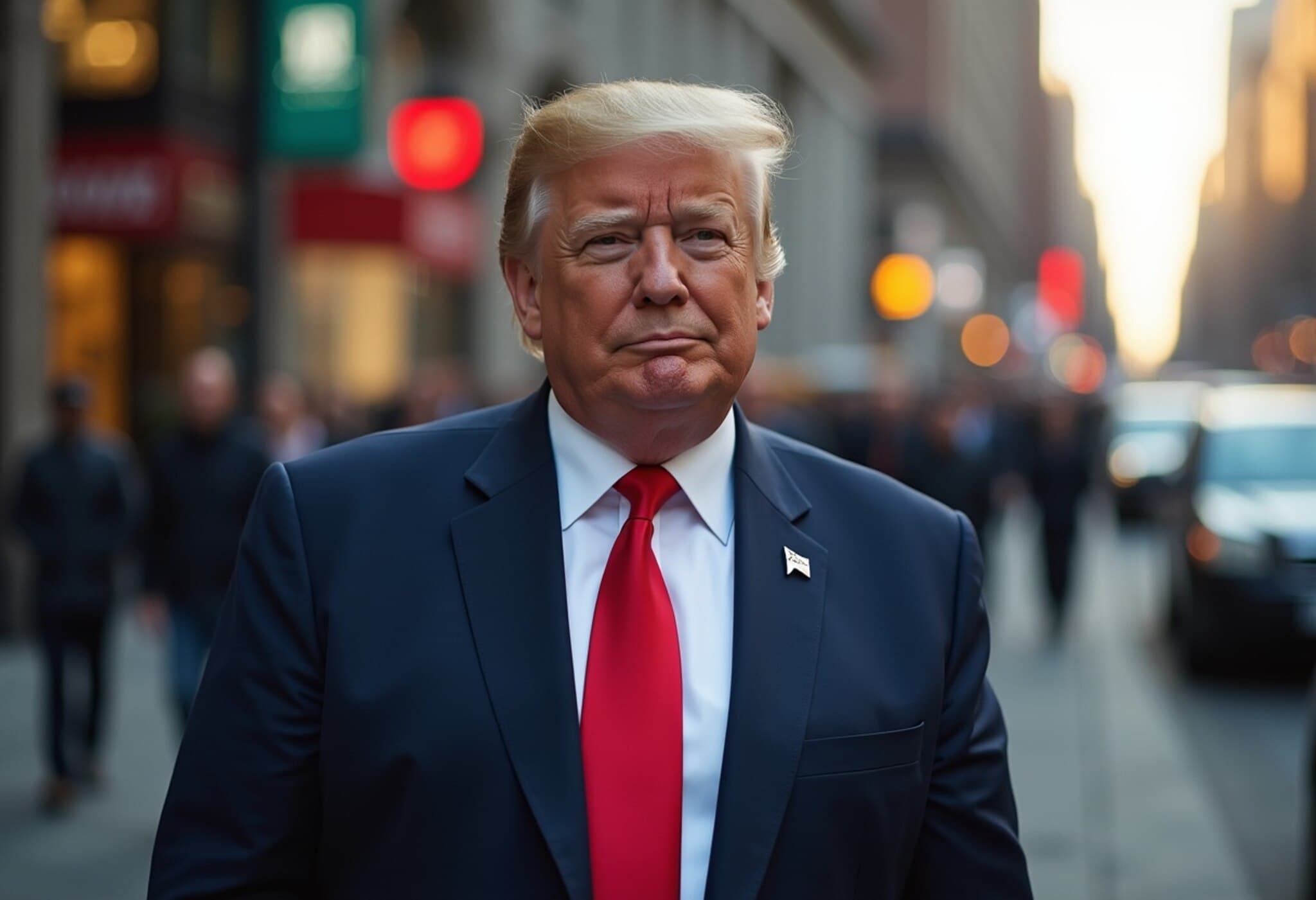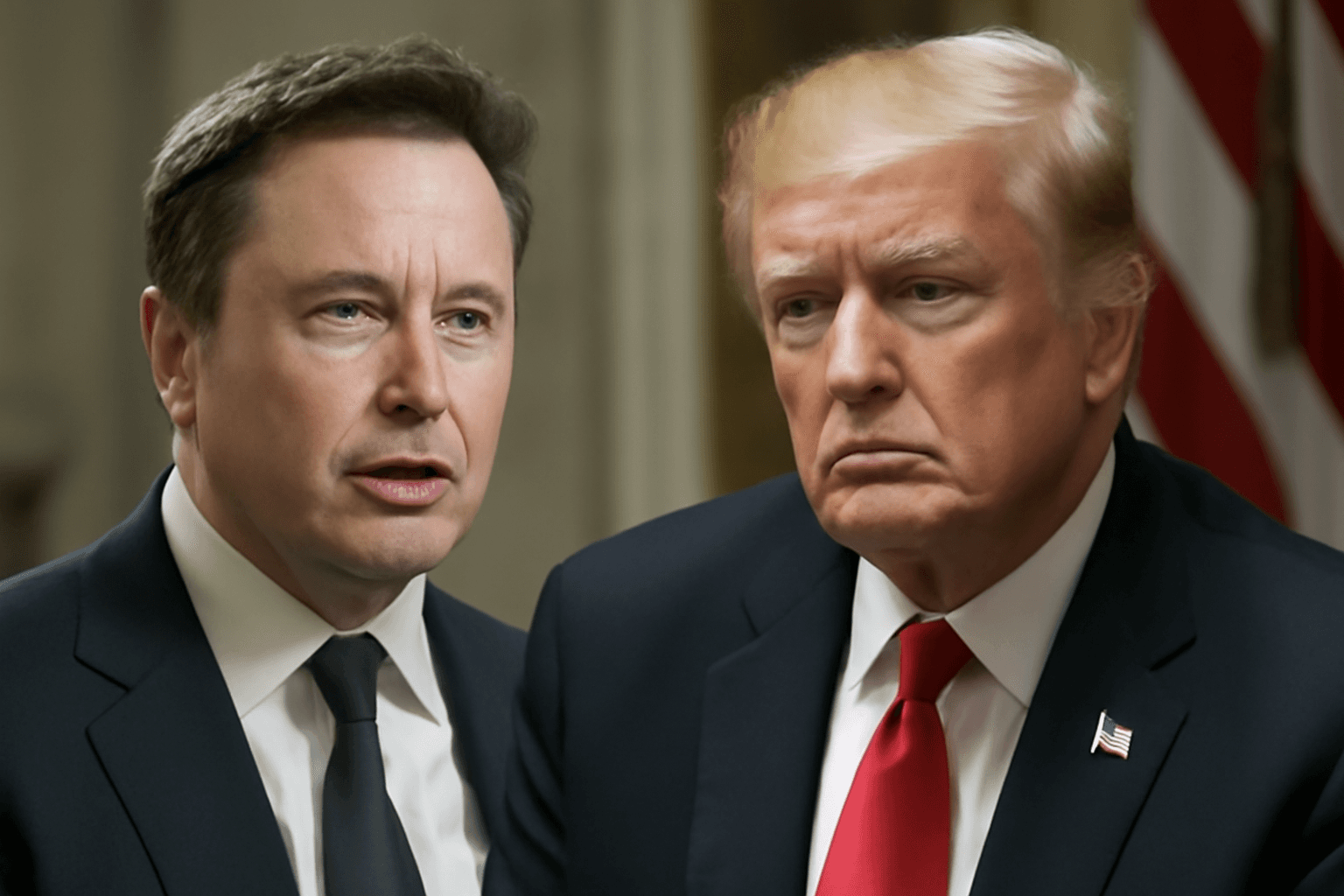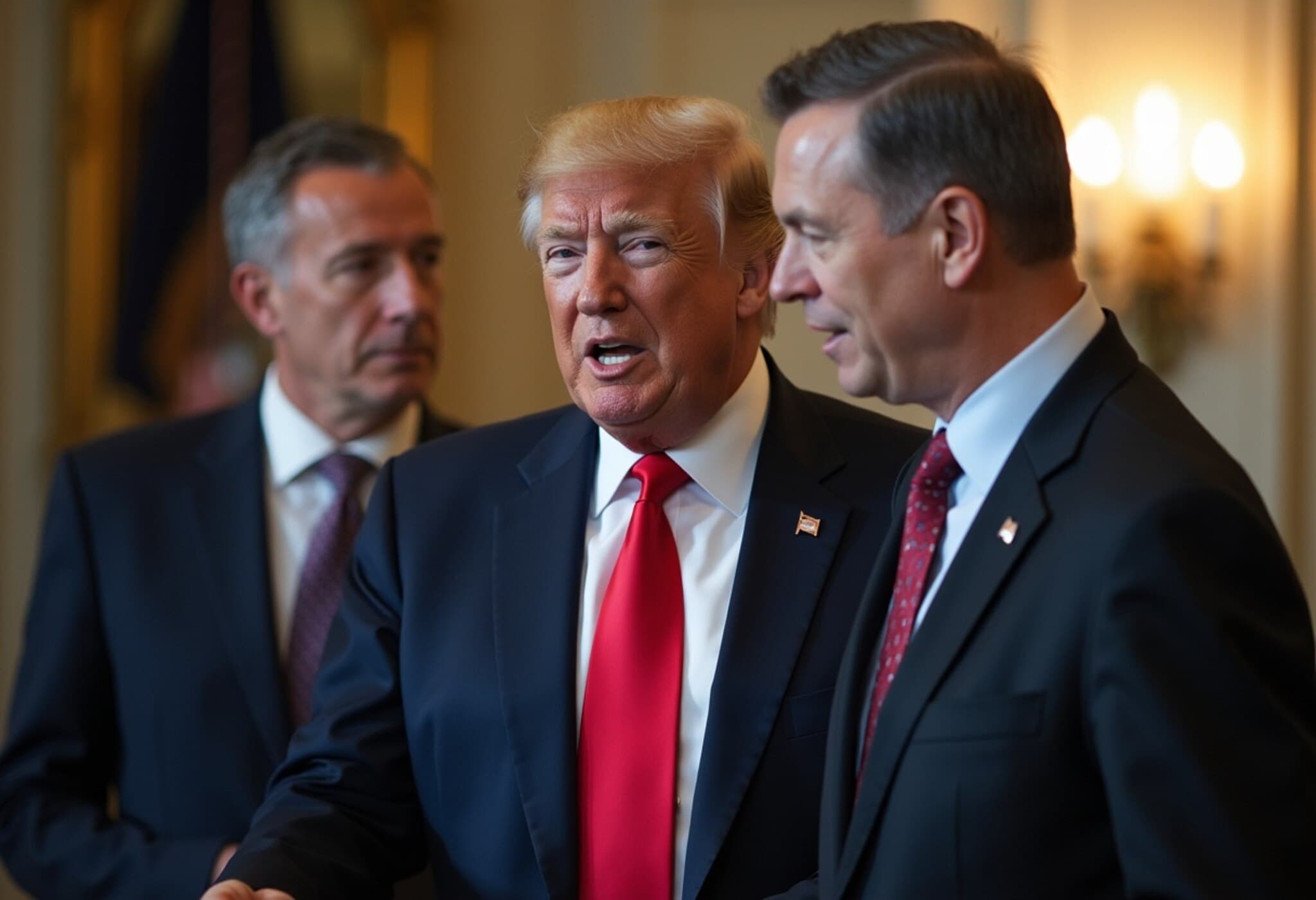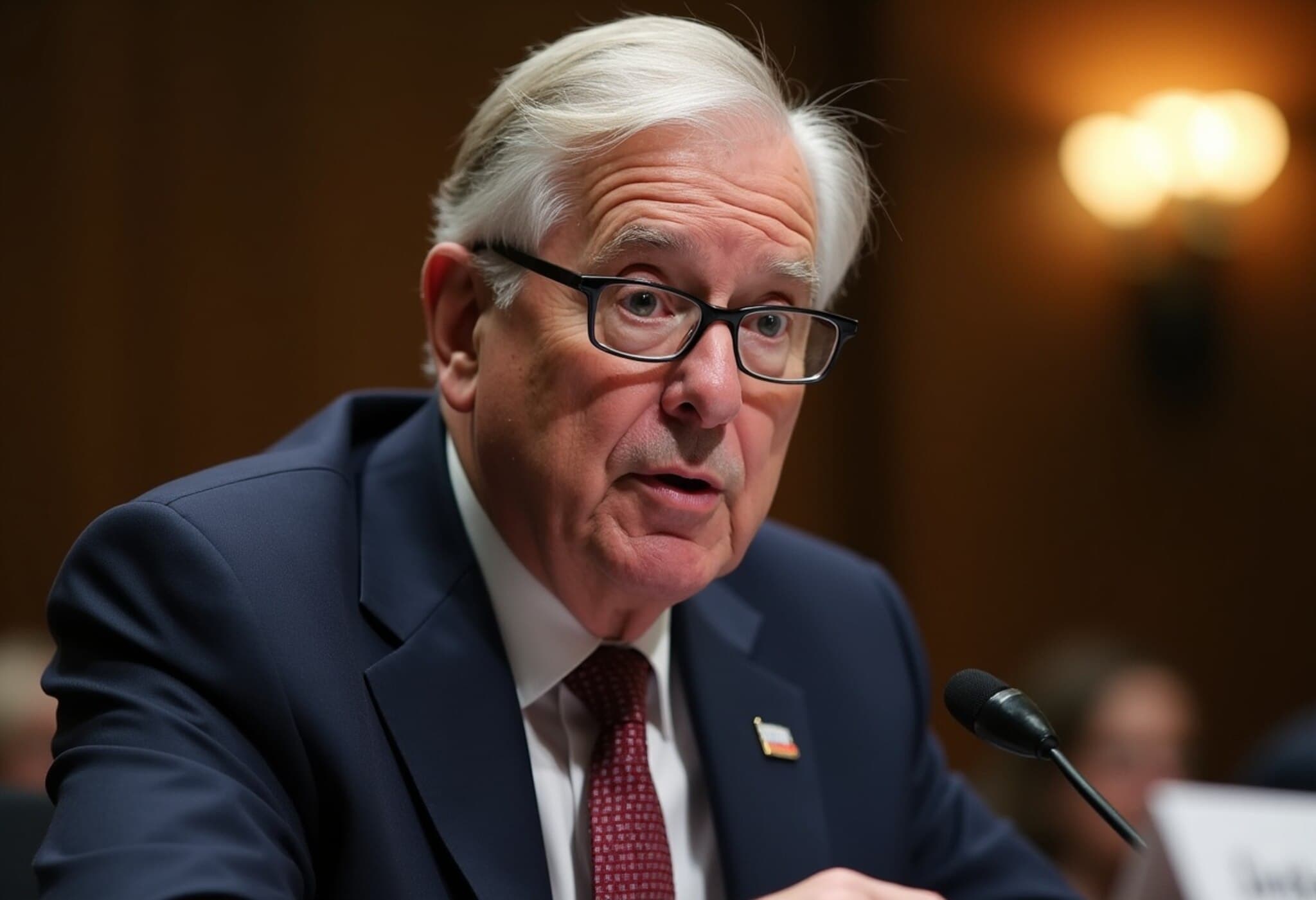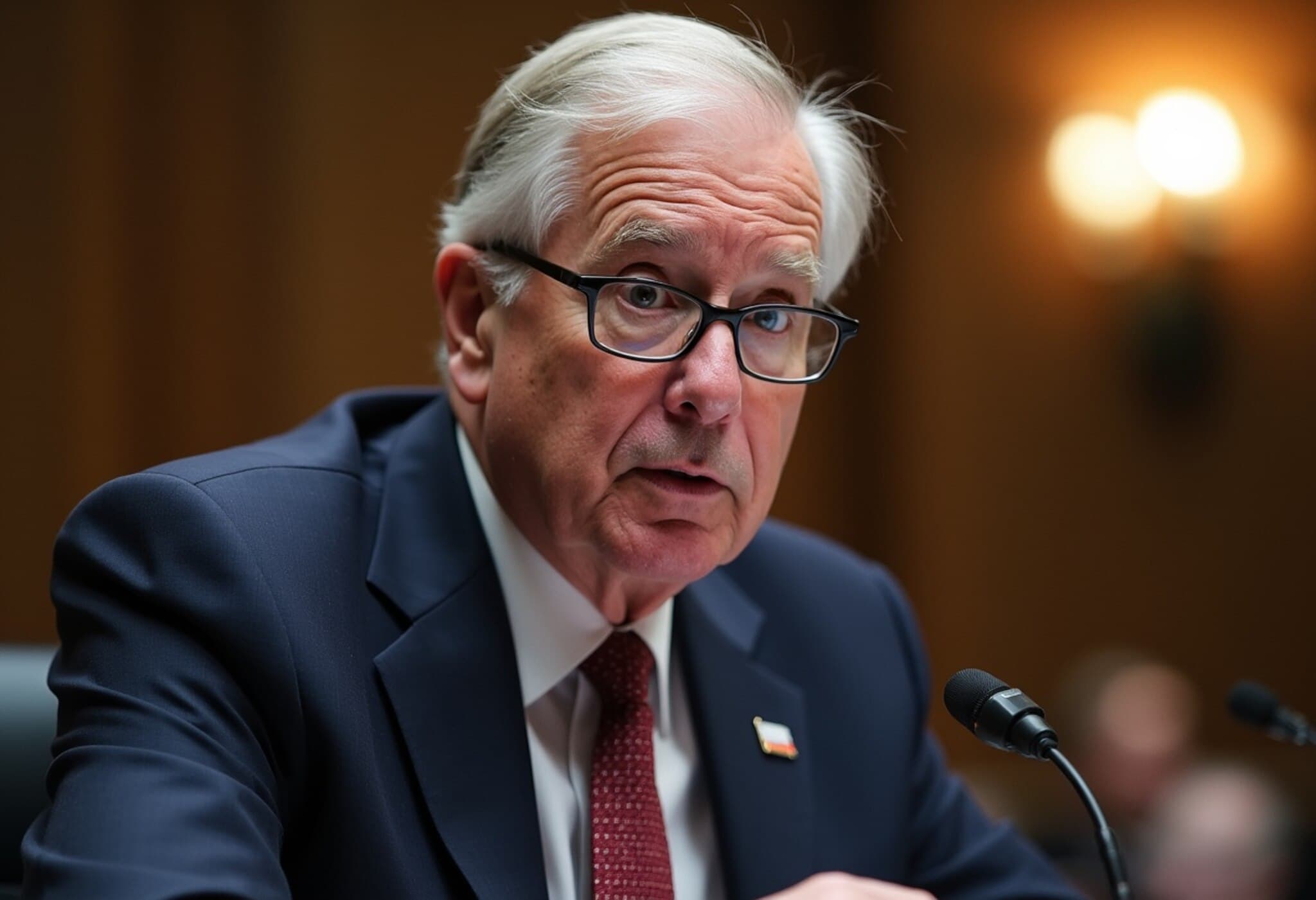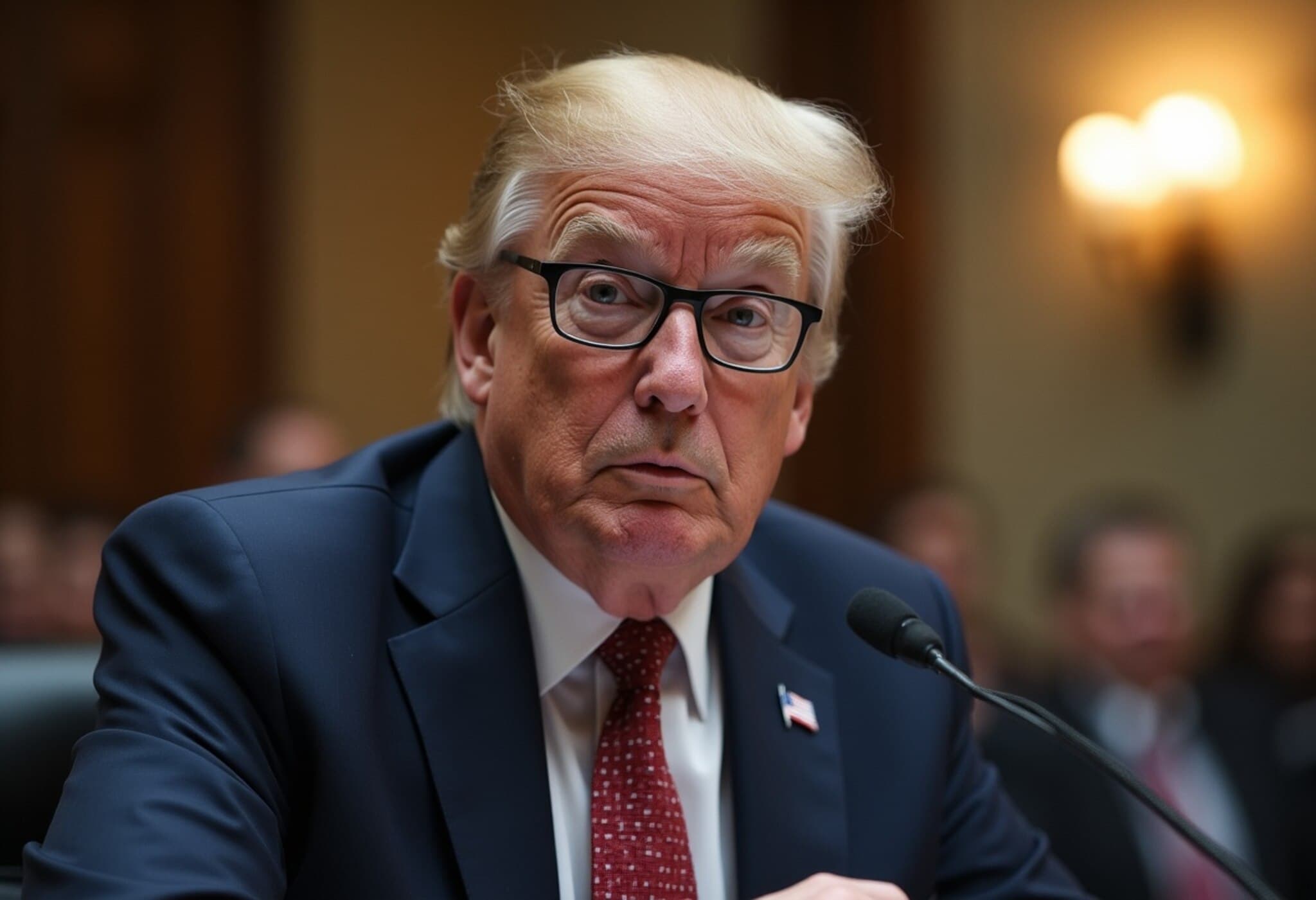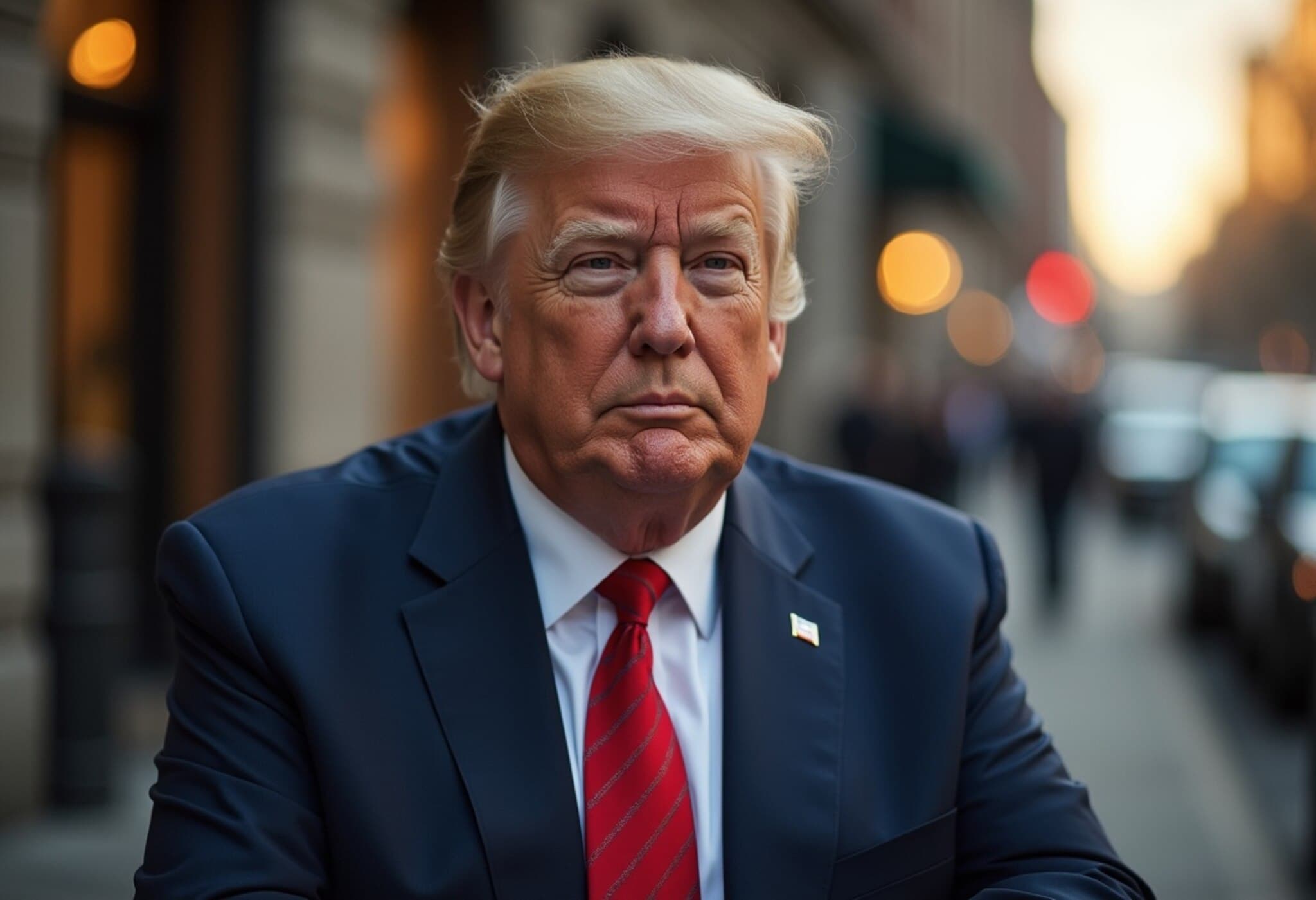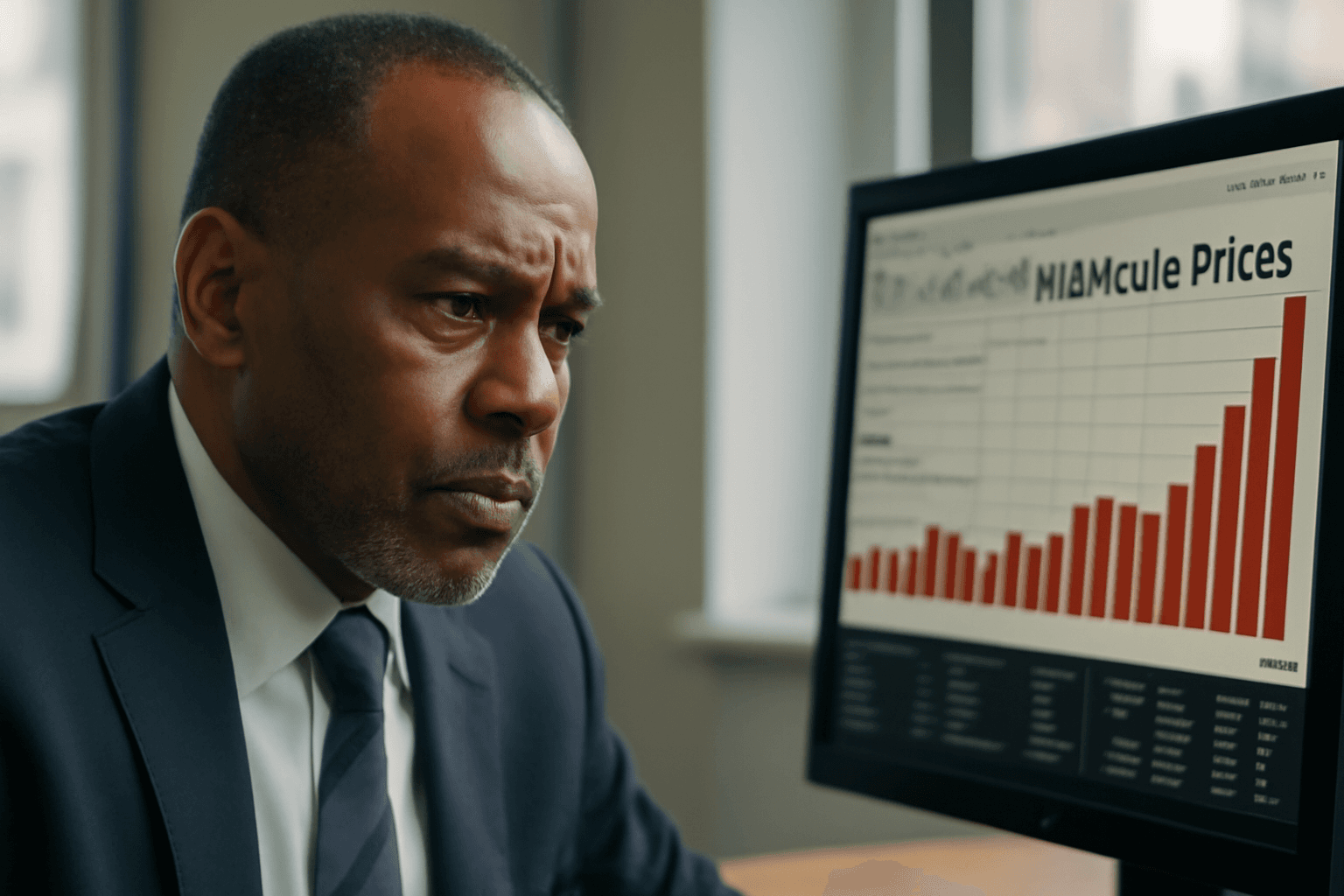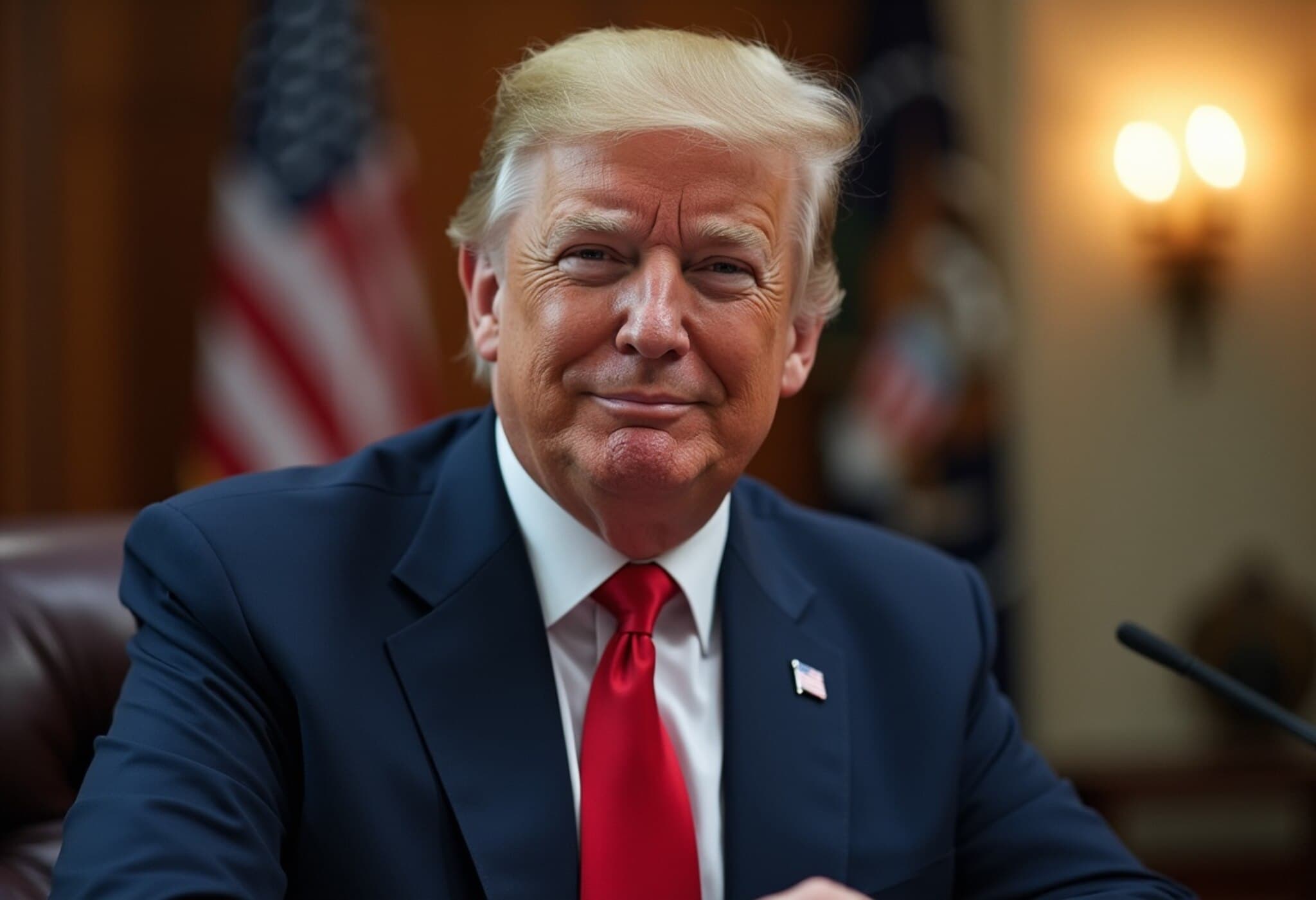Fed Chair Jerome Powell Hints at Potential Interest Rate Cut Amid Economic Pressures
In a closely watched speech at the Federal Reserve’s annual economic symposium in Jackson Hole, Wyoming, Fed Chair Jerome Powell suggested that the central bank may consider lowering key interest rates in the coming months. While he provided no specific timeline, Powell's remarks reflect growing caution as inflation persists alongside signs of a cooling labor market.
Balancing Inflation and Employment Risks
Powell acknowledged a delicate economic landscape where inflation remains above the Fed's 2% target despite easing from the 9.1% peak seen three years ago. He highlighted that tariffs have contributed to rising prices for imported goods such as furniture, toys, and shoes, which could further raise inflationary pressure in the near term.
"The shifting balance of risks may warrant adjusting our policy stance," Powell said, signaling a potential deviation from prior resistance to rate cuts. This comment is particularly noteworthy, as past communications from Powell were more cautious about cutting rates amid inflation concerns.
On the employment front, although the unemployment rate remains historically low, hiring has slowed, which Powell indicated could presage a downturn in the job market. Declining immigration also means fewer new jobs are required to maintain low unemployment levels, adding complexity to the Fed’s assessment.
The Political Context and Market Reactions
Powell's speech unfolded against a backdrop of intense political pressure. President Donald Trump has repeatedly urged Powell to cut rates, claiming inflation is not a current threat and arguing that cuts would ease government debt burdens and reinvigorate a sluggish housing market. Trump escalated tensions by threatening to fire Federal Reserve Governor Lisa Cook amid unproven allegations, aiming to influence the Fed's governance.
Despite the political theater, Powell emphasized the Fed's commitment to independent decision-making based on economic data, stating, "We will never deviate from that approach."
The financial markets responded favorably to Powell’s hints, with the S&P 500 climbing 1.5% shortly after his remarks. Economists, including those at Goldman Sachs, interpreted the speech as aligning with expectations of a quarter-point rate cut at the Fed's September meeting.
Refining the Fed’s Policy Framework
Powell also unveiled updates to the Federal Reserve’s policy framework, originally revised in 2020. This framework had aimed to allow inflation to modestly exceed the 2% target to compensate for prior periods of below-target inflation. However, in light of a historic inflation surge in 2022, the Fed reassessed its approach.
The updated framework strives to be more adaptable to a variety of economic conditions, moving beyond the pre-pandemic assumptions about employment slack and inflation dynamics. This recalibration intends to enhance the Fed’s responsiveness and effectiveness in navigating complex post-pandemic economic realities.
Expert Insights and Broader Implications
- Economic experts see Powell’s cautious tone as an acknowledgment of the fine line the Fed walks: curbing inflation without triggering a recession.
- The mention of tariffs’ ongoing impact underscores how geopolitical trade policies can ripple through domestic inflation, a factor often overlooked in mainstream discussions.
- The political pressure on the Fed raises questions about central bank independence—a cornerstone of effective economic policy—particularly as upcoming elections may intensify scrutiny.
- From a US policy perspective, any rate cuts could stimulate borrowing and investment but might also risk reigniting inflationary pressures if not carefully managed.
What to Watch Next
The Federal Reserve has three more scheduled policy meetings this year—in September, October, and December. Investors, policymakers, and the public alike will be watching closely for clear signs on whether and when the Fed decides to pivot its interest rate stance.
Given Powell’s emphasis on data-driven decisions and the uncertain interplay between inflation, tariffs, and labor market shifts, the Fed’s next moves will be critical for setting the economic trajectory through 2025 and beyond.
Editor’s Note
Jerome Powell’s nuanced speech reveals the complexity of steering the US economy amid persistent inflation, evolving labor dynamics, and political pressures. His cautious openness to rate cuts invites us to consider how monetary policy must adapt in a world where global trade tensions and domestic employment trends intersect. Readers should watch the Fed’s upcoming decisions carefully—each move could ripple through markets, borrowing costs, and ultimately, everyday Americans’ wallets.
As tensions between maintaining price stability and safeguarding jobs intensify, the question remains: how far will the Fed go to balance these competing priorities without compromising its independence?

